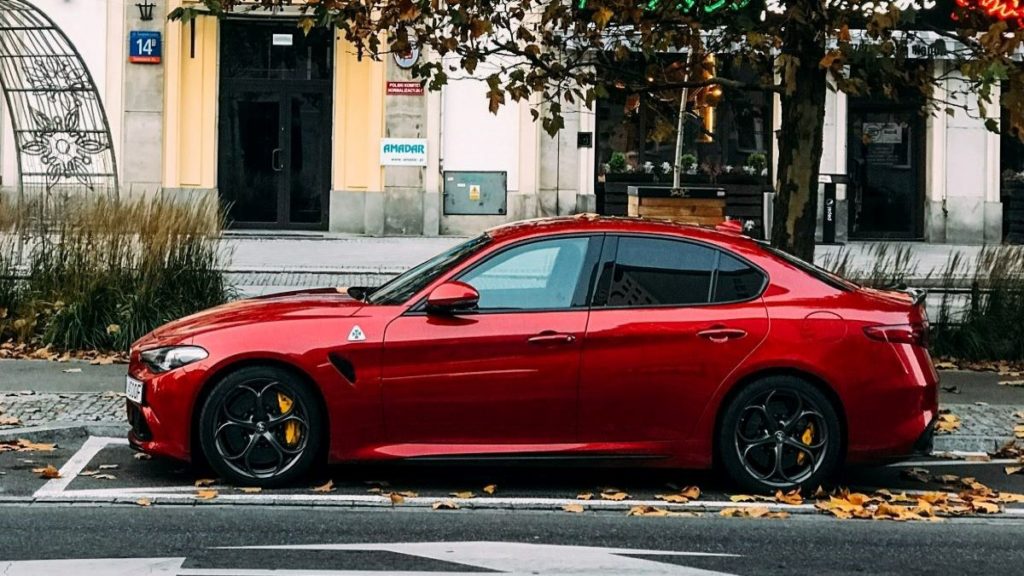Featured image by Dmitry Zvolskiy from Pexels
Currently, car sharing has grown in popularity, especially in most developed cities around the world. Many aspects have contributed to such popularity. In particular, car sharing is good because it is associated with flexibility, sustainability, and privacy.
RELATED ARTICLE: HOW TO MANAGE YOUR BUSINESS NEEDS WHILE TRAVELING
The service benefits a wide range of people, regardless of their social status. In most places around the world, you can expect to get the following car sharing models. Use this guide to help you decide on the one that best suits your travel needs.
RELATED ARTICLE: TRAFFIC SAFETY IN UAE: TRAVEL TIPS FOR YOUR NEXT BUSINESS TRIP
Free-Floating with an Operational Area
Under this model, members of a car sharing company select the nearby car they like. After using it, they can return it to a valid parking lot within a specified area. It is the most flexible car sharing model as it offers drivers the freedom of making one-way trips and provides them with a variety of parking options. However, this model limits the driver’s distance because it is designed for inner-city travel in most states.
Free-Floating with Pool Stations
Companies that operate under this model are the rarest to find in most states globally. Admittedly, this model is mainly influenced by the use of electric vehicles in urban areas. Members can select a car from a nearby pool station. After that, they can return it to the same pool station or other pool stations spread across the entire city. However, the distance traveled is confined to charging point stations and battery life.
Although the free-floating aspect provides a degree of flexibility and offers drivers the option of making trips from one point to another, station-based implies that drivers should go to a specified location to park the car. Therefore, drivers do not have the flexibility of parking options.
Round-Trip Home-Zone-Based Car Sharing Model
Round-trip home-zone-based companies provide a service where you can hire a car and return it to a general departure location. In some instances, you can consider it a neighborhood business model where cars are situated in residential areas for use by residents.
For instance, if you live in Denver and decide to hire car sharing Denver services, you might travel longer distances, depending on the car’s features, before returning to the car. Although the model does not offer the flexibility of one-way trips, you can park the car in a valid spot, as long as it is within the same departure neighborhood. That means this car sharing model offers flexibility on where you can park a car.
Round-Trip Station-Based Car Sharing Model
Companies with a round-trip station-based car sharing model operate within a more traditional structure. In particular, members select a car from a specific station. After using it, they return it to the same station. Admittedly, this model is inflexible because the drivers need to return the cars and park them at the departure station.
Generally, a round-trip station-based model can be ideal for longer and less mundane or frequent drives. The vehicles can experience more wear and tear, as they will be driven by a considerable number of users. However, cars don’t need to be located within a compacted and large city for the model to succeed.
Peer to Peer (P2P) Car Sharing
P2P models operate like a round-trip car sharing service. But in this case, car owners offer their cars for rental services instead of the firm’s vehicle fleet. This enables car owners to generate revenue by renting their vehicles when they might otherwise be idle.
After you have achieved your purpose with one of these cars, you then return the vehicle to the car owner’s home in the home zone area. Since some car owners might not have a private parking space, the driver can park the vehicle on nearby public streets.
You can even rent a car without meeting the owner provided they offer you their mobile app. The P2P model is suitable for planned and longer trips. Further, it includes insurance, but you must pay for gas.
RELATED ARTICLE: WHEN IS THE BEST TIME TO BUY A CAR?
Conclusion
Some complain that car sharing is unreliable, costly, and inconvenient. The only challenge these people have is that they do not know how to use car sharing properly. Fortunately, there are several car-sharing business models, including round-trip, free-floating, and peer-to-peer. All you have to do is undertake comprehensive research before deciding on the car rental business model you need.
